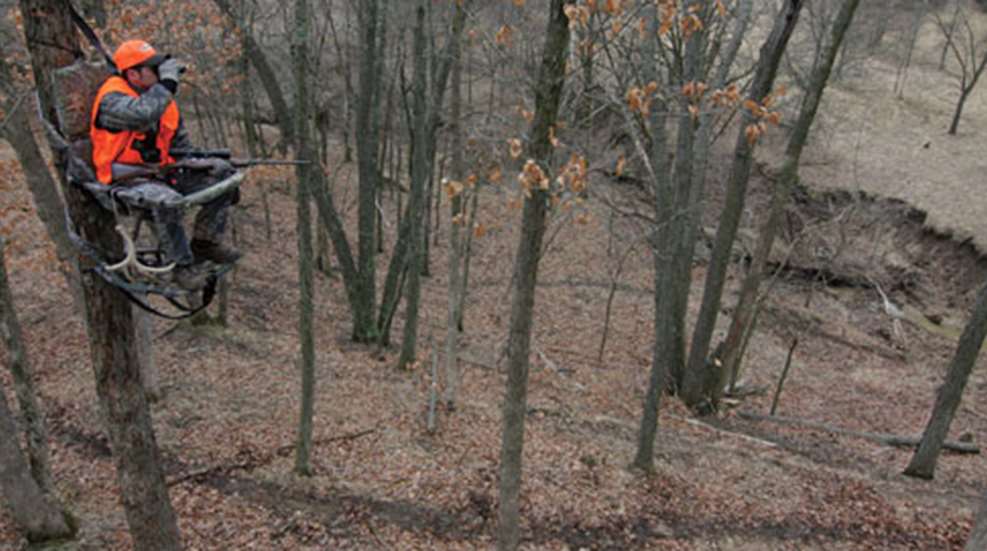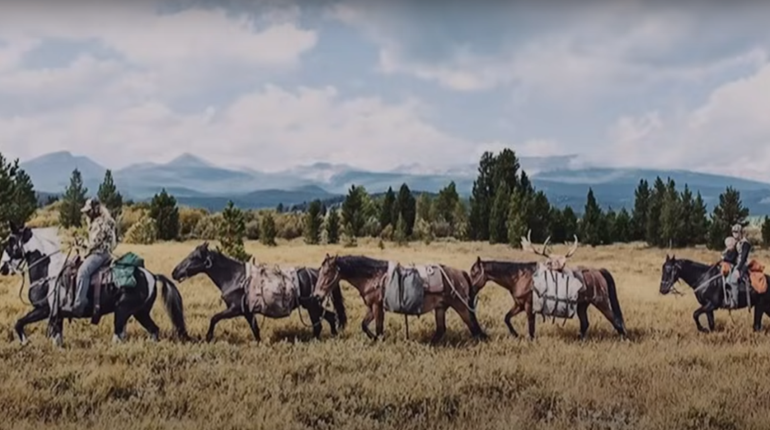
Any system of ethics, boiled down to its essence, urges us to do good things and to not do bad things. In hunting, we are to take good shots and not take bad shots. When we shoot a game animal, a good shot provides a humane kill. If you are a trophy or meat hunter, a good shot also protects the trophy or meat. Shots that don’t work out that way are bad shots. Therefore, the one-shot kill is the ideal. The ethical hunter strives to be very sure that every shot strikes only the game animal and does so effectively. That involves all sorts of knowledge and practice, and, as most experienced hunters grudgingly acknowledge, some luck. However, nobody should rely on luck: Your shooting accuracy is the most obvious factor that is under your control. Accordingly, you should never choose a shot beyond your shooting capability. The big question is…how do you determine what your shooting capability is, especially if you are a beginning hunter?
It boils down to this: The longer the shot, the greater the chance it will be bad. Do not shoot at game that is too far away. How far is too far depends on you, the hunter, and your accuracy with the gun/ammo combination you carry to the field. It also depends on your knowledge of sight picture and bullet placement for your game. Do you know the size, shape and location of its vital zone, or “kill zone?” The kill zone of any game animal is the area where a solid hit ensures a quick, humane death. A solid hit also depends on the power left in the bullet at the distance to the game. Hitting the right place with a puny impact is not your goal.
For example, a whitetail deer has a kill zone around its heart and lungs that is about a 6-inch radius (12-inch diameter). Neck, spine and headshots work for highly skilled shooters, but not for most of us. I propose that we use this as a rule of thumb for a learning hunter: “If under hunting conditions, at a given distance, you can consistently hit the kill zone with a bullet carrying enough power, your accuracy is sufficient to be ethically ‘sure’ of a humane kill.”
Given a sighted-in and zeroed firearm, how accurate are your groups under controlled conditions? The answer to that question lies in how good and consistent your groups are on the range. In the linked article, I used a 20-yard range as a base measurement. Let’s say you did the same, and you consistently group to .6 inches at 20 yards--and those groups are centered on your point of aim.
That 1.6-inch group gives you a clue. It would expand to 11.2 inches at 140 yards. The whitetail’s kill zone is about a 6-inch radius (12 inches overall), so if you were at a bench, you could probably have a quick, humane kill at 140 yards.
But under field conditions, 140 yards can actually be quite a long shot for a beginner, even with a scope. Here’s what I mean: Hold a dime edgewise about 18 inches from your face. The dime’s edge will hide 14 inches of a deer at 140 yards, obscuring a whitetail’s kill zone. You are almost never in a prone or bench position, the pressure is on, lighting and wind are not under your control, range is usually only an estimate, and you could be tired or breathing hard. If you’re hunting densely wooded terrain, there may be other animals interacting with your target that you cannot see. Your firearm is almost certainly cold (yes, that makes a difference), and the game itself might be moving. Now that 1.6-inch group looks a little inadequate, doesn’t it?
There are other factors in play as well. First, let’s talk about “flyers.” If every time you went to the range your first few groups had flyers, or flyers occurring randomly among your groups, maybe you should include them in your group measurement. Will the first round you fire today be one of those flyers? Then there is the problem of averages. To get to your average of 1.6 inches, some of the groups were larger, and some smaller. But if your goal is to be very sure of a quick, humane kill, shouldn’t your largest groups be the best indication of a sure shot?
To account for all of those problems, I propose that you use half of the kill zone as your personal limit for your first few hunting trips. Then you would shoot whitetail at ranges where your average group size would equate to 6 inches. Your 1.6-inch group average would cover three inches at around 100 yards, which would be your “sure” maximum range…at least to start. If you followed this rule of thumb, even a flyer would probably be a good hit. If your aiming point is correct, your shot would meet the standard of an ethical hunter.
Happy hunting!
For more marksmanship tips, click here!






































